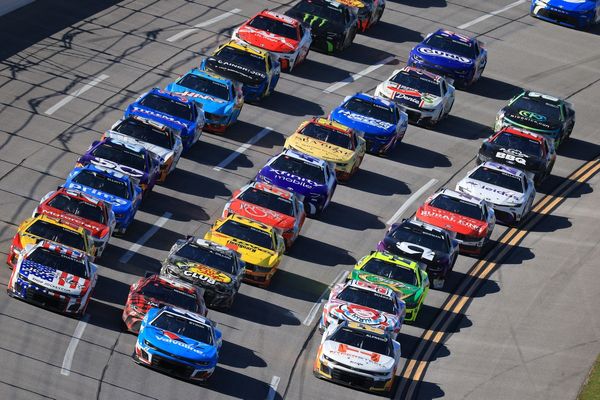
It will be a case of something old, something new when an unrestricted crowd returns to Royal Ascot on Tuesday, 1,088 days after Cleonte and Silvestre de Sousa eased to a comfortable success in the Queen Alexandra Stakes on the last day of the meeting in 2019.
No one could have imagined at the time that it would be the last race in front of a packed grandstand at the Royal meeting for three long years, and the returning fans and fashionistas will find much that is reassuringly familiar.
This is, after all, an event that remains fiercely wedded to so many of its traditions, the dress code and the resistance to race-sponsorship to name but two.
The course also still thinks it makes sense to run three of the Royal meeting’s eight Group One races by the middle of the afternoon on the opening day. This year, that means Baaeed – probably the best individual racehorse on show all week - and the big sprinting stars from overseas, Golden Pal and Nature Strip, will have been and gone with 32 of the 35 races still to be run. The clash between the fastest turf horses in America and Australia is a brilliant advertisement for Royal Ascot, a race that probably would not happen anywhere else, but as race three on day one, it is unlikely to get the attention it deserves.
But as well as the familiar traditions, Ascot racegoers may also find that the last three years have been subtly transformative for the most important and historic Flat meeting of the year.
An extra race every afternoon, with the last going off at 6.10pm, is the most obvious change from the six-race cards that we all grew up with, but there are interesting tweaks to the running order too. Two handicaps, the King George V Stakes on Thursday and the Duke of Edinburgh Stakes the following afternoon, have been bumped up the running order to be staged as the second and third races respectively, while the Hampton Court Stakes and the King Edward VII Stakes – the “Ascot Derby”, no less – have been shunted in the opposite direction.
A minor change, perhaps, but also one that could have an extremely positive impact on betting turnover, not least via the World Pool system of which Ascot was a founder-member. The rescheduled handicaps will now go off before midnight in Hong Kong, which will help to offset the effects of single-figure fields elsewhere, including a five-runner turnout for the Prince of Wales’s Stakes, the first ever £1m race at the meeting.
That field for Wednesday’s feature event has just two British-trained runners, and one each from Ireland, Japan and France, and the lack of runners for such a huge prize must be a cause for some concern.
The most significant absentee at this year’s meeting, though, may well be its most devoted racegoer down the years. Having attended every day at Royal Ascot from 1953 to 2019, the Queen has now been in attendance for just one of the last 10, on the final afternoon in 2021. The track itself has yet to hear anything either way – the monarch’s plans are now very much day-to-day – but if the Queen arrives at Ascot at all this week, she is expected to do so by car due to her well-publicised mobility issues. Whether there will be a Royal procession is also unclear.

The opportunity to be part of a grand royal occasion was one of the meeting’s biggest attractions for more than 60 years, but that now seems to be a thing of the past, and the attendance figures this week will be closely scrutinised for any sign of a drop-off in numbers as a result.
Crowds returned to Cheltenham and the Grand National meeting in the spring pretty much at pre-pandemic levels, but other midweek Festivals, including Chester and York’s Dante meeting in May, have suffered significant drops in attendance, not least as the likely effects of the cost-of-living crisis become ever more apparent.
Three years ago, the official attendance at Royal Ascot was 292,723, with daily figures ranging from 39,386 on Wednesday to 75,316 on Saturday. A decision to cap the total daily attendance at just over 50,000 – to offer racegoers “an improved experience” – will ensure that this year’s total will fall well short of the 2019 level, but it should still be an interesting measure of whether the demand for the Royal meeting’s unique selling points has survived the last three years.







